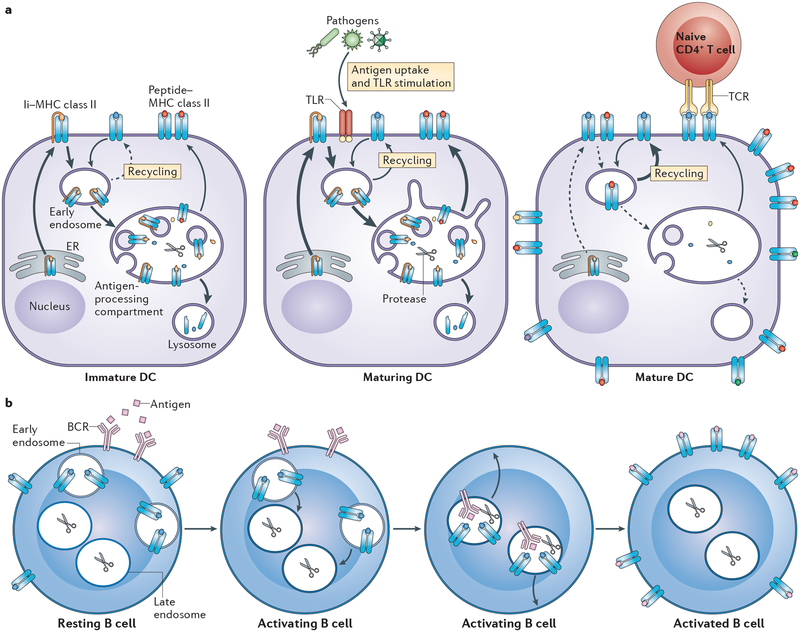Figure 3 |. Activation of antigen-presenting cells redistributes intracellular MHC class II molecules.
a | In immature dendritic cells (DCs), up to 75% of all MHC class II molecules reside in lysosome-like antigen-processing compartments. It is in these compartments that peptide–MHC class II complexes are generated (albeit slowly in immature DCs). The predominant intracellular localization of MHC class II in immature DCs is due to robust synthesis of invariant chain (Ii)–MHC class II complexes and the movement of these complexes to antigen-processing compartments. Although some peptide–MHC class II complexes formed in these compartments do traffic to the plasma membrane, much of the MHC class II that is synthesized in immature DCs is degraded in lysosomes. Maturation of DCs by pathogen uptake and/or Toll-like receptor (TLR) stimulation leads a transient burst in Ii–MHC class II biosynthesis, efficient generation of peptide–MHC class II complexes that traffic to the plasma membrane in tubular endosomes and degradation of residual MHC class II present in lysosomes. Fully mature conventional DCs do not synthesize Ii–MHC class II and therefore express very little MHC class II in antigen-processing compartments. Arrow thickness indicates prominence of a particular pathway and dashed arrows indicate minor pathways. In mature DCs, any internalized MHC class II is simply recycled to the plasma membrane where peptide–MHC class II complexes can interact with naive antigen-specific CD4+ T cells. Note that after DC activation, structures such as antigen-processing compartments still exist in the mature DC, but peptide–MHC class II complexes do not accumulate in these compartments. b | In resting B cells, large amounts of MHC class II are present on the plasma membrane and in peripheral early endosomal vesicles. Binding of antigen to the B cell receptor (BCR) triggers BCR endocytosis and recruits the peripheral MHC class II-containing vesicles towards the antigen–BCR-containing lysosome-like antigen-processing compartments. Internalized antigen is processed into peptides in these compartments and the resulting peptide–MHC class II complexes traffic to the plasma membrane for recognition by primed antigen-specific CD4+ T cells. TCR, T cell receptor.

